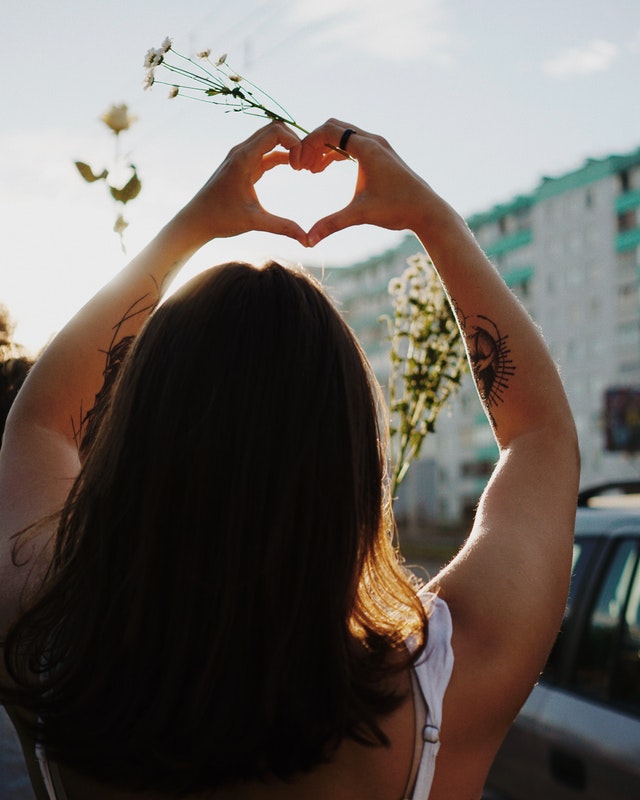Social Justice
#BrownLivesMatter : Why hasn’t the deaths of Latinos at the hands of police haven’t drawn as much attention?
A poll last year found that 68 percent of Latinos feared that law enforcement officials — including both police and the Border Patrol

The conversation of race relations often goes into correlation with talking about equal rights for black and brown people. But with the black lives matter movement going strong highlighting the deaths of Black people killed or brutalized by police officers, there is left to question what about the brown?
The black lives matter movement is a stark contrast to the attention Latinos, who are also being affected by police brutality, are getting. In contrast to the fatal shootings of African Americans such as Michael Brown in Ferguson, Mo., and Walter Scott in South Carolina, deaths of Latinos at the hands of law enforcement haven’t drawn nearly as much attention. Soledad O’Brien’s “Black in America” sheds some light on Black and brown people being targets of police, focusing in the New York City area, but there hasn’t been much attention after that.
Over the last five years in L.A. County, coroner’s data show that Latinos, who make up about half of the county’s population, also represent about half the people killed by police. Of the 23 people fatally shot by law enforcement in the county this year, 14 were Latino.
Have you heard of Antonio Zambrano-Montes? He was unarmed just like names like Michael Brown and Eric Garner, and killed by police officers. Little to no attention has been brought to this story. Zambrano-Montes was a Mexican migrant worker who was shot and killed by police officers on Feb. 10 in Pasco, Washington. Video footage appears to show Zambrano-Montes throwing rocks at police and then running away with his hands raised before the officers shot him, though the Pasco Police Department has defended its officers’ actions. The New York Times called the killing the Latino community’s “Ferguson moment.”
Ricardo Diaz-Zeferino was unarmed when he was shot and killed in California in 2013. A video has recently gone viral of Diaz-Zeferino and his friends raise their hands before police open fire on them, killing him with eight bullets.
What about Oscar Ramirez Jr.? Four days before Halloween in 2014 a Los Angeles County sheriff’s deputy shot and killed Oscar Ramirez Jr., along railroad tracks near Paramount High School. Deputies said the 28-year-old didn’t comply with orders and moved his arm in “a threatening manner.” Ramirez was unarmed.
The Ramirez family marched in front of the Paramount sheriff’s station and held vigils, but they struggled to find wider support for their cause like the Black Lives Matter movement. As the family grieved, the national Black Lives Matter movement picked up energy, in particular rallying the fatal shooting of Ezell Ford, a mentally disabled black man, by LAPD officers.
But the disparity between the two is rooted, at least in part, in historical context. No group in America has had an experience with police and institutionalized brutality than the black community. Police shootings of African Americans, men in particular, outweigh those of any other group. History shows that most of society’s comparisons are in black or white, really no in between. The fact of the matter is when you want to talk about equality for black and brown people, then you must include all black and brown people who are apart of the disparity too.
So this leaves to question why has major media news outlets fail to cover these stories on other minorities, particularly Latino’s who are also affected? Where as we seen in LA County, the number of police encounters with the Latino community is extremely highly and more than a few have been deadly. Granted the numbers could be attributed to the population, but nonetheless there is still a problem when it comes to policing in black and brown communities.
Last year, a study published by Columbia University’s Center for the Study of Ethnicity and Race found that “stories about Latinos comprise less than 1 percent of all main news media coverage, and the majority of these stories feature Latinos as lawbreakers.”
“Violence or discrimination against Latinos does not tend to resonate among most Americans because Latinos are generally not perceived as Americans but recent immigrants or foreigners with no deep roots and histories in the U.S.,” Frances Negrón-Muntaner, the center’s director and the lead author of the study, told The Huffington Post. “So, abuses of power or injustices toward Latinos remain out of sight and out of mind.”
Gustavo Arellano, the editor of the paper O.C. Weekly, told the Huffington Post,
“When it comes to Latinos — American media still only thinks of them as immigrants,” he said. “They can’t think of them as victims of police brutality or anything else but immigrants.”
Arellano, who has covered the Latino community and police violence in Southern California for two decades, blames the “laziness of the media” for failing to shine a brighter spotlight on cases like that of Zambrano-Montes.
“For me, killing an unarmed person is killing an unarmed person and the media should scrutinize that, and see Latinos as being unduly victimized by the police,” he said.
Whether mainstream media covers it or not, the Latino community has had a history of a complex relationship with law enforcement. Growing up in an urban community, I have seen first hand the mistreatment of black and Latino people. And that alongside myself some of my Latino counterparts didn’t have pleasant things to say about the police either.
In a Huffington post article, writer Roque Planas, found a poll last year found that 68 percent of Latinos feared that law enforcement officials, including both police and the Border Patrol,would use excessive force against them. In New York City, 27 percent of police street interrogations using the controversial “stop-and-frisk” tactic in the first three quarters of 2014 targeted Latinos, according to data from the New York Civil Liberties Union. This figure is far higher than the 12 percent rate for whites, but also well below the 54 percent for blacks. (Roughly 71 percent of New York City is white, a 2014 census estimate indicates.)
Read more of the interesting analysis here.
Discover more from Unheard Voices Magazine
Subscribe to get the latest posts sent to your email.
-

 Crime & Justice1 week ago
Crime & Justice1 week agoAlabama mother sues state workers after 3-year-old son dies in scorching hot car
-

 Community1 week ago
Community1 week agoNew Jersey mourns Esiyah Dixon-Waheed, pageant queen, HBCU alumna, killed in Missouri drunk-driving crash
-

 Crime & Justice6 days ago
Crime & Justice6 days agoVirginia man sentenced to life for murder of New Jersey councilwoman Eunice Dwumfour
-

 Community6 days ago
Community6 days agoBurger King employee who went viral for running restaurant alone for 12 hours says she was fired; GoFundMe launched
-

 Crime & Justice1 day ago
Crime & Justice1 day agoNew York’s Mom’s PhD Graduation Turns Tragic as Teen Daughter Struck by Stray Bullet
-

 Health & Wellness1 week ago
Health & Wellness1 week agoActor/Comedian Guy Torry hospitalized with pulmonary embolism, shares update from recovery
-

 Crime & Justice1 day ago
Crime & Justice1 day agoComedian Reggie Carroll tragically shot and killed while on tour in Mississippi
-

 In Memoriam3 days ago
In Memoriam3 days agoSocial media influencer Malik Taylor Dies at 28


























